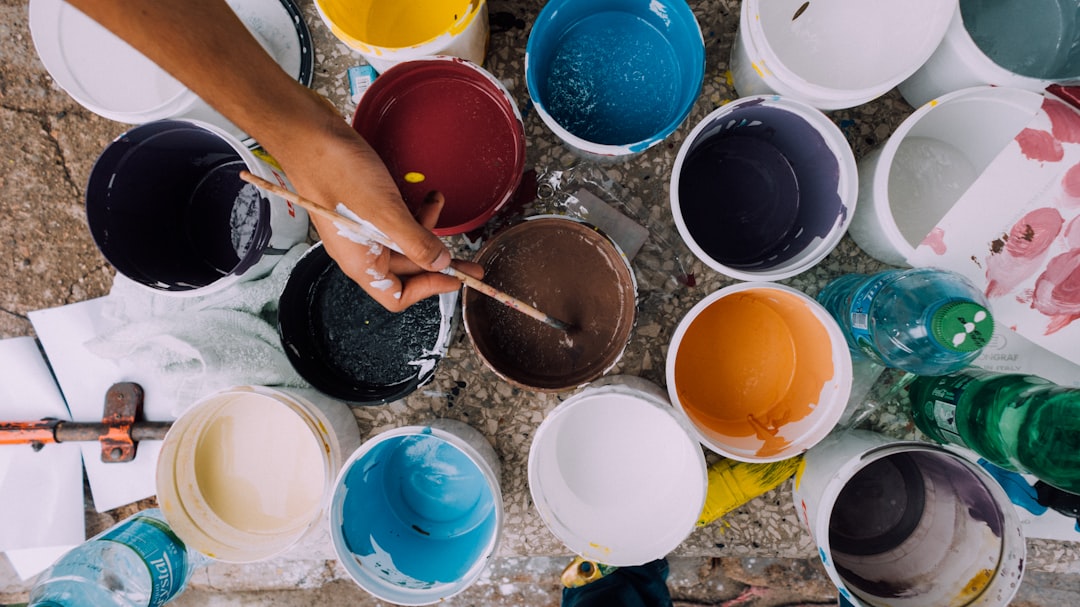The Impact of Art on Tourism
Art has a profound and far-reaching impact on tourism, playing a crucial role in attracting visitors from all corners of the globe. Whether it be through galleries, museums, street art, or cultural festivals, art has the power to not only educate and inspire, but also to drive economic growth and stimulate local communities.
One of the most direct ways in which art influences tourism is through cultural institutions such as museums and galleries. These institutions house vast collections of artwork that serve as a major draw for tourists seeking to experience the beauty and history of a particular destination. For example, the Louvre in Paris, the Met in New York City, and the British Museum in London are among the most visited museums in the world, attracting millions of tourists each year.
Moreover, cultural institutions often collaborate with local businesses and organizations to create a comprehensive tourist experience. Many museums offer guided tours, educational programs, and special exhibitions that cater to the interests of tourists, providing them with a deeper understanding of the local culture and heritage. In turn, these partnerships can boost the local economy by driving foot traffic to nearby restaurants, shops, and hotels.
Street art also plays a significant role in attracting tourists to a destination. Cities such as Berlin, Melbourne, and Rio de Janeiro have become known for their vibrant street art scenes, drawing in art enthusiasts and adventurers alike. Street art not only adds color and character to a city, but it also serves as a form of cultural expression that can spark conversations and provoke thought.
Furthermore, street art festivals and events have become increasingly popular among tourists seeking to engage with the local art scene. These events provide an opportunity for artists to showcase their work in public spaces, creating a sense of community and fostering creativity. In many cases, street art festivals can become major tourist attractions in their own right, bringing in revenue for local businesses and creating a sense of pride among residents.
In addition to museums and street art, cultural festivals play a crucial role in attracting tourists to a destination. Festivals such as the Venice Biennale, the Edinburgh Festival Fringe, and the New Orleans Jazz & Heritage Festival draw in millions of visitors each year, contributing to the local economy and showcasing the unique cultural heritage of the host city.
Cultural festivals often feature a wide array of art forms, including music, dance, theater, and visual arts, providing tourists with a diverse and immersive experience. By highlighting the creativity and talent of local artists, these festivals help to promote cultural exchange and foster a sense of connection and appreciation among visitors.
Moreover, art has the power to transform and revitalize communities, particularly in areas that have been historically underserved or marginalized. Public art projects, such as murals, sculptures, and installations, can beautify neighborhoods, promote social cohesion, and empower local residents. By investing in public art, cities and towns can create a sense of place and identity that resonates with tourists and residents alike.
For example, the Wynwood Walls in Miami, the East Side Gallery in Berlin, and the Mural Arts Program in Philadelphia have all helped to rejuvenate their respective neighborhoods and draw in tourists looking to explore and learn about the local art scene. By embracing art as a means of cultural expression and social change, these communities have been able to attract visitors, support local businesses, and foster a sense of pride and belonging.
In conclusion, the impact of art on tourism is undeniable. Art has the power to educate, inspire, and connect people from different backgrounds and cultures, making it a powerful tool for driving economic growth and promoting cultural exchange. By investing in art and supporting local artists and cultural institutions, destinations can attract tourists, boost the local economy, and create a sense of place that resonates with visitors and residents alike. Art truly has the power to transform and enrich our lives, making it an essential component of the tourism industry.

